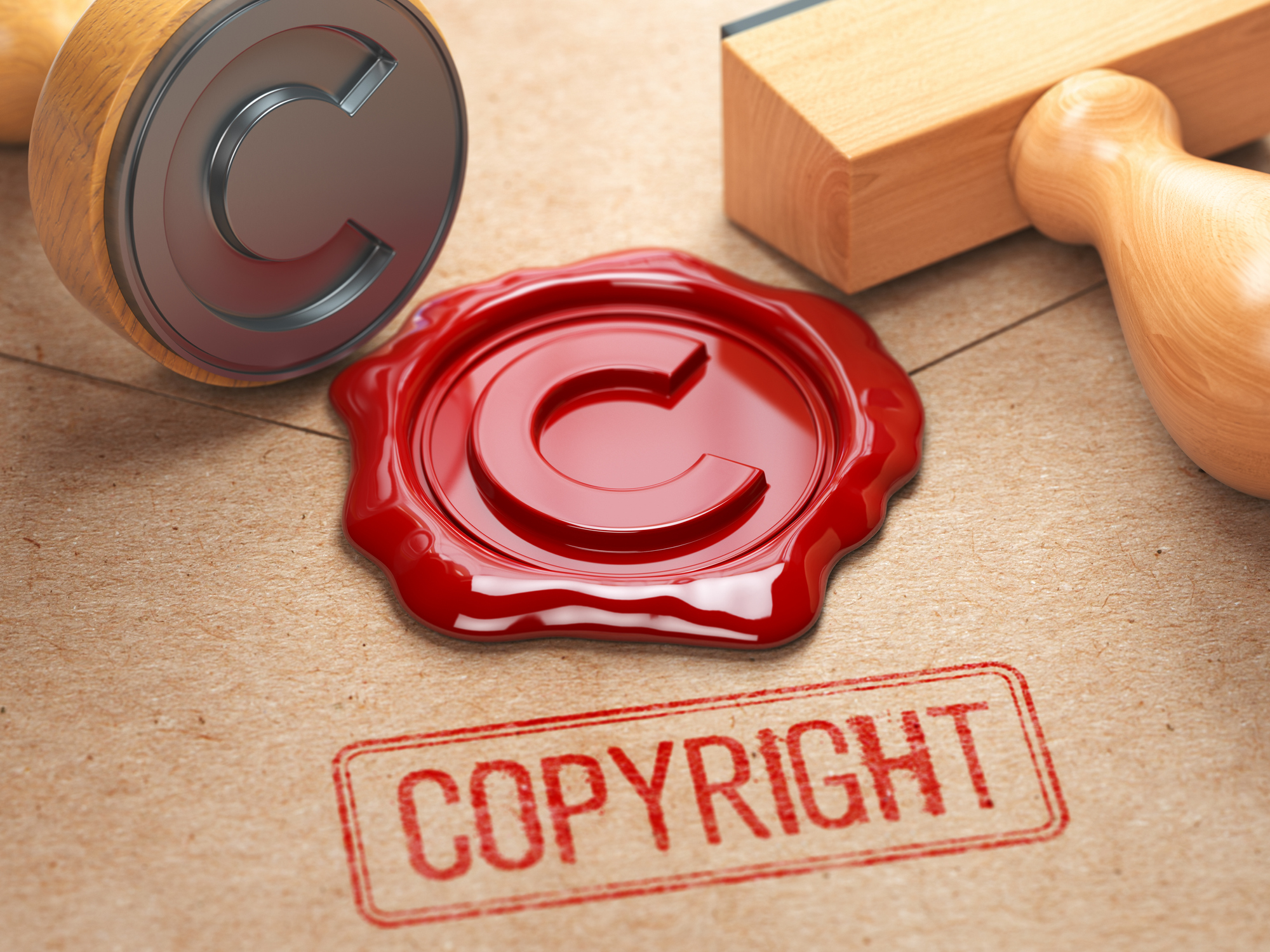
The global fashion marketplace is experiencing unprecedented digital transformation with the emergence of the metaverse and NFTs. Given implementation is still in its early stages, fashion brands have closely watched the Hermès vs. Rothschild “MetaBirkins” dispute as a case that has the power to help define the future boundaries for what constitutes trademark infringement in the metaverse.Continue Reading A victory for Hermès in the bag: How the “MetaBirkins” verdict may pave the landscape for the future of fashion and the metaverse





